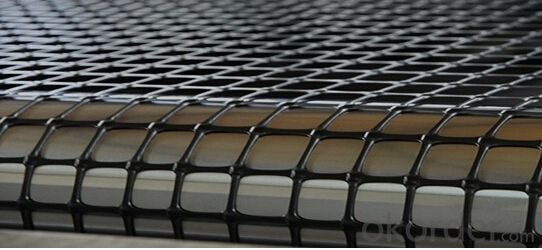- Understanding the Role of Geomembrane Liners in Waste Management
- Innovations in Geomembrane Liners for Water Management
- Geomembrane Liners: A Comprehensive Guide
- The Future of Geomembrane Liners in Civil Engineering
- Geomembrane Liners: Enhancing Landfill Stability
Manager:
WhatsApp:+86 177 0135 2670
Tel:+86 177 0135 2670
Email:marketing@okorder.com
Address:3rd Floor, No.2 Building, No.1 Sanlihe Road
The Future of Geomembrane Liners in Civil Engineering
Geomembrane liners are a crucial component in civil engineering projects, particularly in the construction of water reservoirs, landfills, and other containment structures. These liners are designed to prevent leakage and contamination, ensuring the longevity and safety of these structures. But what does the future hold for geomembrane liners? Let's dive into the exciting advancements and innovations that are shaping the future of this essential technology.

A Brief History of Geomembrane Liners
Before we look ahead, it's essential to understand where we've come from. Geomembrane liners have been in use since the 1960s, initially made from materials like PVC and HDPE. Over the years, the technology has evolved, and new materials and manufacturing techniques have been developed to improve their performance and durability.
Innovations in Material Science
One of the most exciting areas of development is in the field of material science. Researchers are exploring new materials that can offer enhanced properties such as greater flexibility, resistance to chemicals, and improved UV protection. These advancements will allow geomembrane liners to be used in a wider range of environments and applications, extending their lifespan and reducing the need for maintenance.
Sustainability and the Environment
Sustainability is a key focus in modern engineering projects, and geomembrane liners are no exception. The industry is moving towards more environmentally friendly materials and production processes. This includes the use of recycled materials and biodegradable options, which will help to reduce the environmental impact of these liners over their lifecycle.
Integration with Smart Technologies
The integration of geomembrane liners with smart technologies is another area of significant growth. Sensors and monitoring systems can be embedded within the liners to provide real-time data on the structural integrity and performance of the containment structures. This will enable engineers to detect and address issues before they become critical, ensuring the safety and reliability of these structures.
Customization and Tailoring to Specific Needs
As projects become more complex and diverse, the need for customized geomembrane liners is increasing. Engineers are now able to tailor the properties of these liners to meet the specific requirements of each project. This includes adjusting the thickness, strength, and flexibility to ensure the best fit and performance for the intended application.
Challenges and the Path Forward
Despite the advancements, there are still challenges that the industry must overcome. These include ensuring the quality and consistency of materials, addressing the environmental impact of production, and developing standards and regulations to govern the use of these liners. The path forward involves collaboration between researchers, manufacturers, and engineers to address these issues and continue to push the boundaries of what is possible with geomembrane liners.
The Future is Bright
In conclusion, the future of geomembrane liners in civil engineering looks bright. With ongoing innovations in material science, a focus on sustainability, and the integration of smart technologies, these liners are set to become more efficient, reliable, and environmentally friendly. As the industry continues to evolve, we can expect to see even more exciting developments that will shape the way we construct and maintain our vital infrastructure.
- Previous:Geomembrane Liners: Enhancing Landfill Stability
- Next:Geomembrane Liners: A Comprehensive Guide






